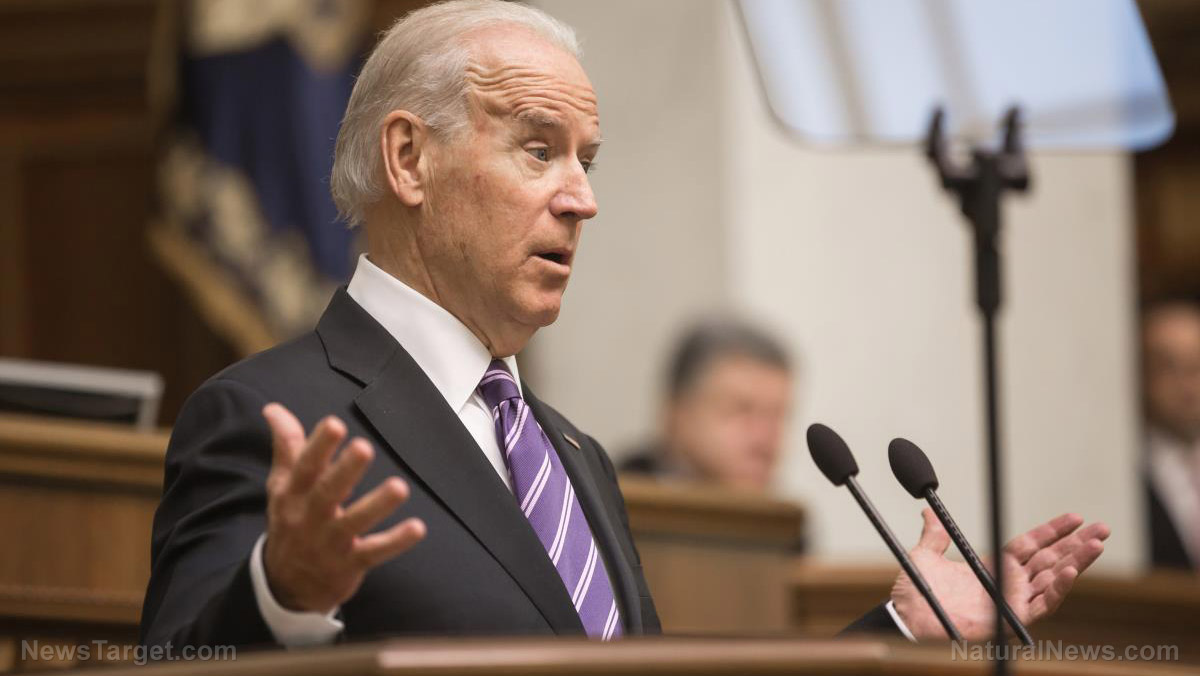(Natural News) President Trump recently decided to rescind the Obama administration’s Affirmatively Furthering Fair Housing (AFFH) rule, which put pressure on suburbs to construct more low-income, high-density housing in their communities. Trump’s decision met with a predictable outcry. “It’s not even a dog whistle anymore,” Connecticut senator Chris Murphy tweeted. “Our President is now a proud, vocal segregationist.”
(Article by Rupert Darwall republished from RealClearPolicy.com)
Somehow, Democrats still see the suburbs as racially homogenized, lily-white enclaves — something they haven’t been for a long time. According to demographer Joel Kotkin and urban studies professor Alan Berger, 151 million Americans live in the suburbs and exurbs, compared with only 25 million in urban cores. A majority of African-Americans in the nation’s 100 largest metropolitan areas live in the suburbs. More Hispanics have been moving to the suburbs than whites, and the Asian population in suburban areas is growing nearly twice as fast as that of Asians living in inner-city cores.
Yet during the Obama years, the Democratic Party positioned itself on the wrong side of these realities. “The days where we’re just building sprawl forever, those days are over,” Barack Obama declared in February 2009, less than a month into his presidency. “When it comes to development, it’s time to throw out old policies that encouraged sprawl,” he told the U.S. Conference of Mayors in January 2010. Sprawl. Note the word. That’s how progressives chose to describe where most Americans live and many others aspire to live. It’s the housing equivalent of Obama’s clinging-to- guns-or-religion comment or Hillary Clinton’s “basket of deplorables” remark.
It’s not racist to want to live in a single-family home on a quarter-acre plot; it’s more like wanting to live the American dream. And the increasing racial and ethnic diversity of the suburbs means, Kotkin argues, that the targets of these heavy-handed federal social-engineering efforts are not only whites but also many minorities who have worked hard to get where they are.
The AFFH rule, an addition to the 1968 Fair Housing Act, elevates the goal of expanding economic opportunity — but as Stanley Kurtz, the leading conservative critic of the AFFH, argues, that purpose has no basis in the 1968 law. Far from helping inner-city minorities to move out to quiet residential neighborhoods, restricting the supply of new single-plot housing in favor of high-density, subsidized municipal housing denies them the life they seek for their families. For suburbanites, the urbanization of their neighborhoods threatens the value of their principal asset —their homes — as well as their quality of life.
Voters understand this, and they don’t like it. A 2015 Rasmussen poll of likely voters found an astonishing 83% of respondents agreeing that it’s not the government’s job to diversify neighborhoods so that people of different income levels live together.
Nonetheless, Joe Biden is running on a reinstated, beefed-up AFFH rule, incorporating New Jersey senator Cory Booker’s proposal to make federal surface-transportation grants to communities contingent on their compliance with federal “inclusive” zoning mandates. Rather than race, the Biden campaign now makes “environmental justice” its justification for extending federal control over the suburbs. Reducing the climate impact of urban sprawl is one of the core components of Biden’s “net-zero” climate plan. Under a Biden administration, federal housing policy will be a tool to “alter local regulations” in order to “eliminate sprawl,” prioritizing denser housing to shrink the country’s “carbon footprint.”
Biden’s re-urbanization plan harmonizes with recent recommendations from the Intergovernmental Panel on Climate Change. “Effective urban planning can reduce GHG (greenhouse gas) emissions from urban transport between 20% and 50%,” the IPCC says in its 2018 Net Zero report. “Significant reductions in car use are associated with dense, pedestrianized cities and towns,” its section on urban transport and planning states. The transition to net-zero emissions requires changes in urban design “that encourage walkable cities, non-motorized transport and shorter commuter distances” — everything the suburbs and exurbs are not.
Transforming the suburbs with large, publicly owned multi-dwelling units — with elevator shafts blasting viruses and microbes to every floor — and forcing people out of the safety of their automobiles onto mass transit looks especially reckless amid a global pandemic. Suburban living is cleaner, safer, and healthier. But progressives’ true target is the culture and values fostered by suburban living: family life, homeownership and independence from the state, and a sense of autonomy within stable, law-abiding communities. Biden’s promise to revive the AFFH rule means that the survival of those values will be on the ballot on November 3. Democrats may regret putting them there.
Read more at: RealClearPolicy.com
Click below for original article
